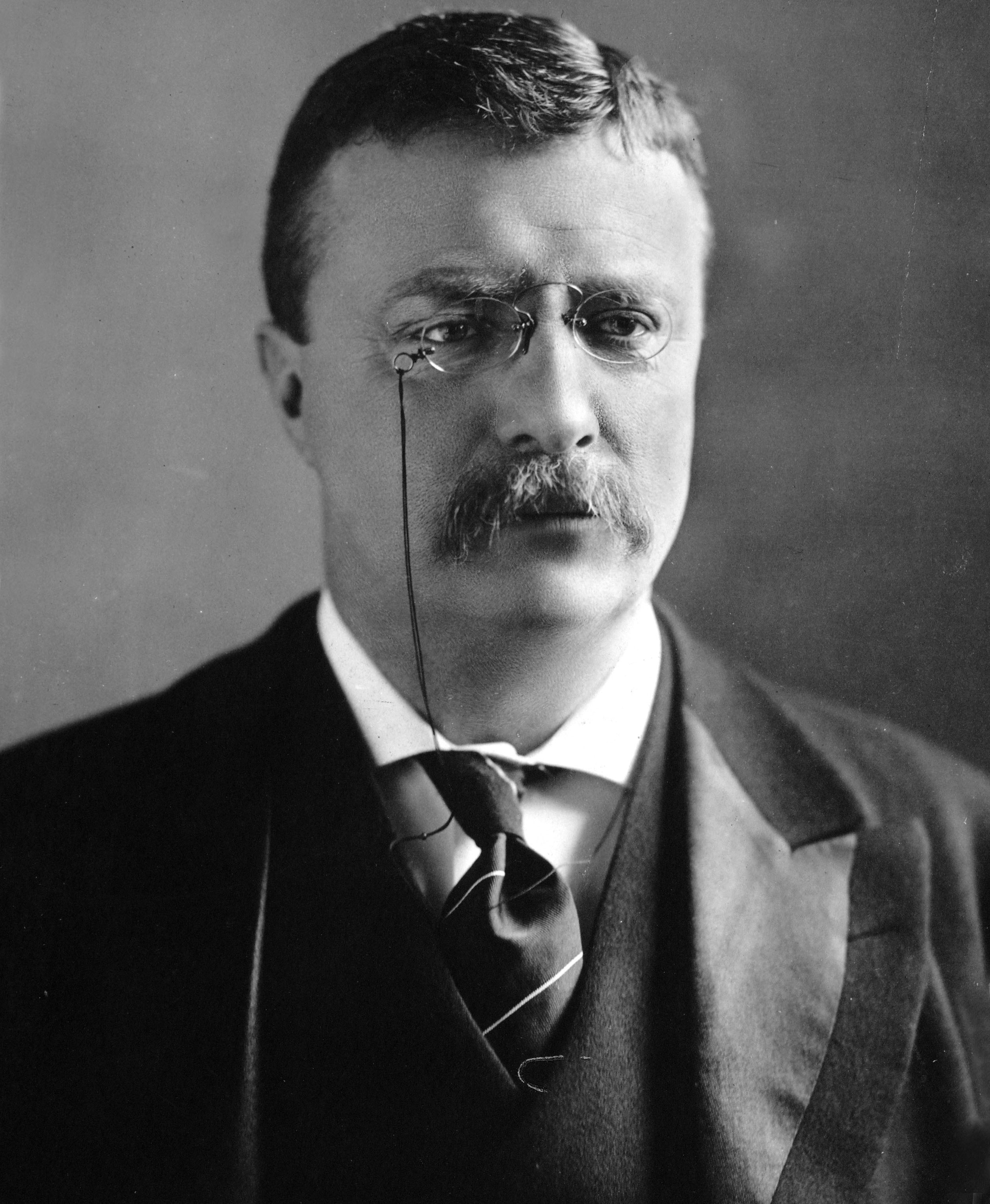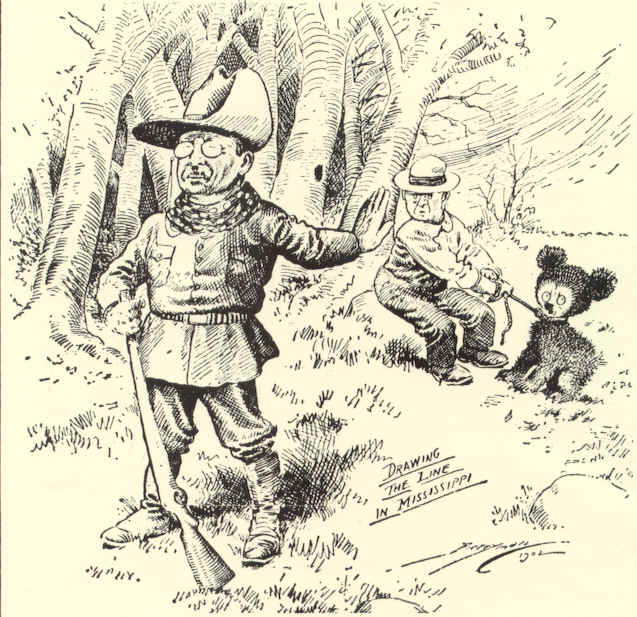50 Interesting Mississippi Facts For Kids!
Mississippi is a southern state that played a key role in the United States Civil War.
It’s home to a wide variety of historical monuments and museums.
Related: Mississippi State History
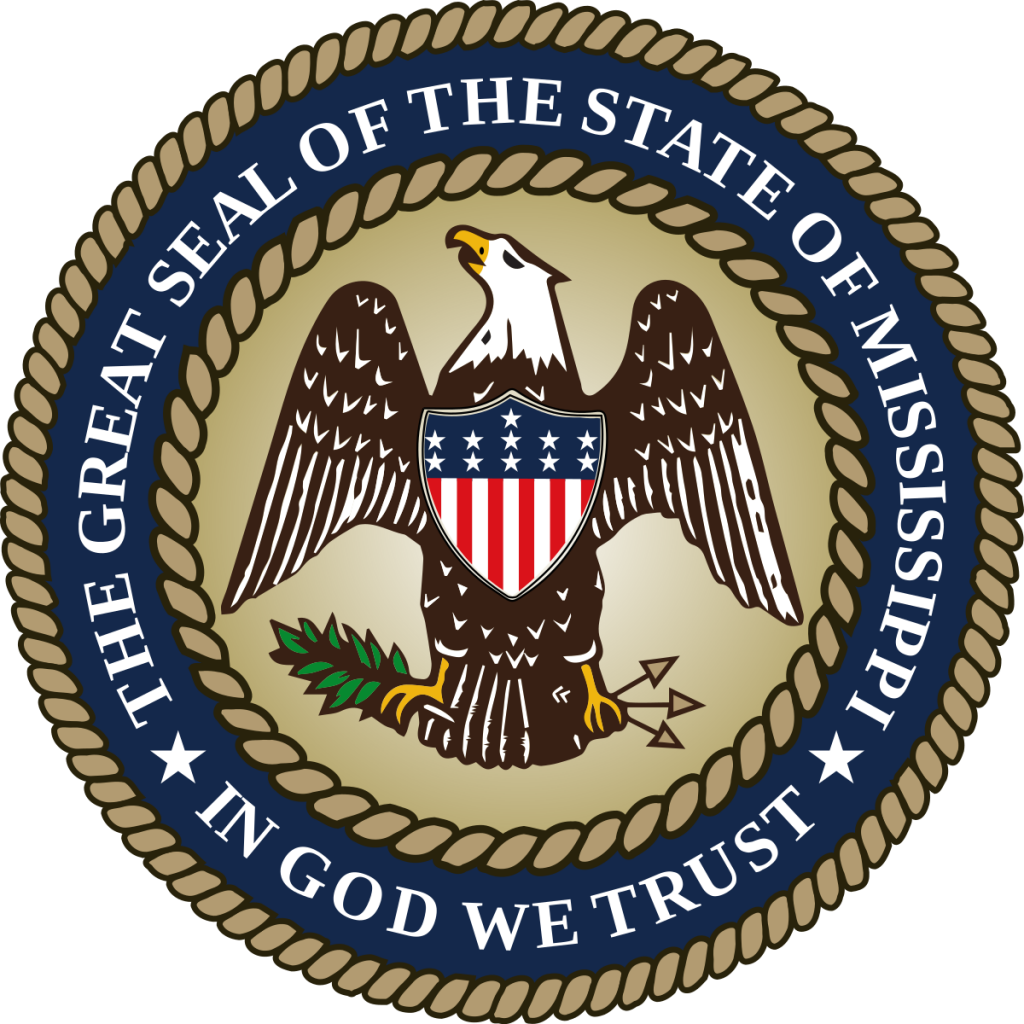
The state is also known for its magnolias, catfish, bluegrass music, and southern charm.
Quick Facts
- Capital: Jackson
- Population: 3 million
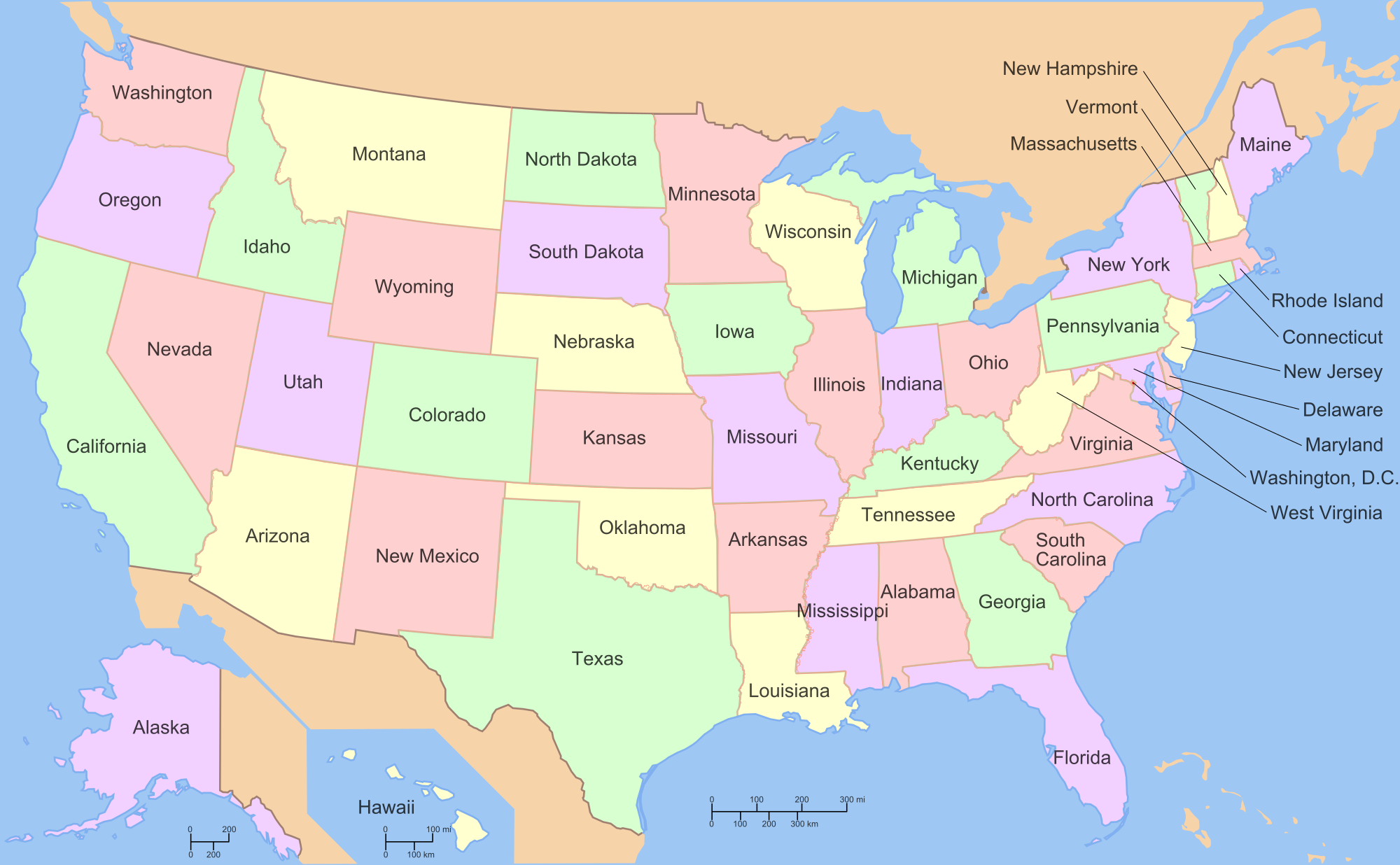
- Nickname: The Magnolia State
- Key Cities: Biloxi, Jackson, Hattiesburg, Gulfport
- Postal Abbreviation: MS
- Major Industries: Agriculture, manufacturing, mining, fishing

History
How did Mississippi get its name: The name Mississippi was originally given to the Mississippi River by the Chippewa Indians.
In their language, “Mississippi” means “large river.”
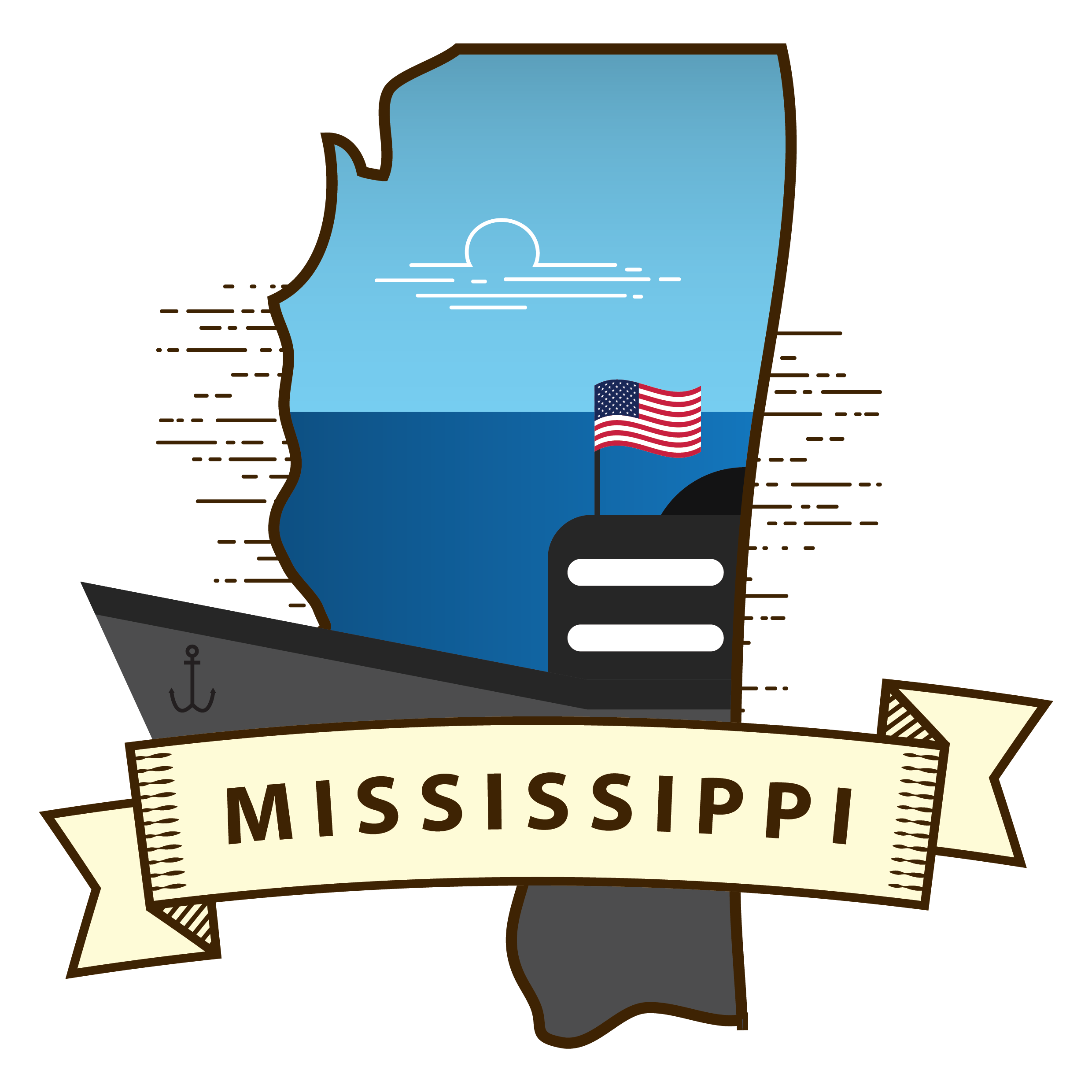
The French explorer Robert Cavelier Sieur de La Salle used the name on his map of the area in 1695.
Date admitted to the Union: Wednesday, December 10, 1817
Geography
- Size: 48,430 sq. miles
- Lowest point: Gulf of Mexico at sea level
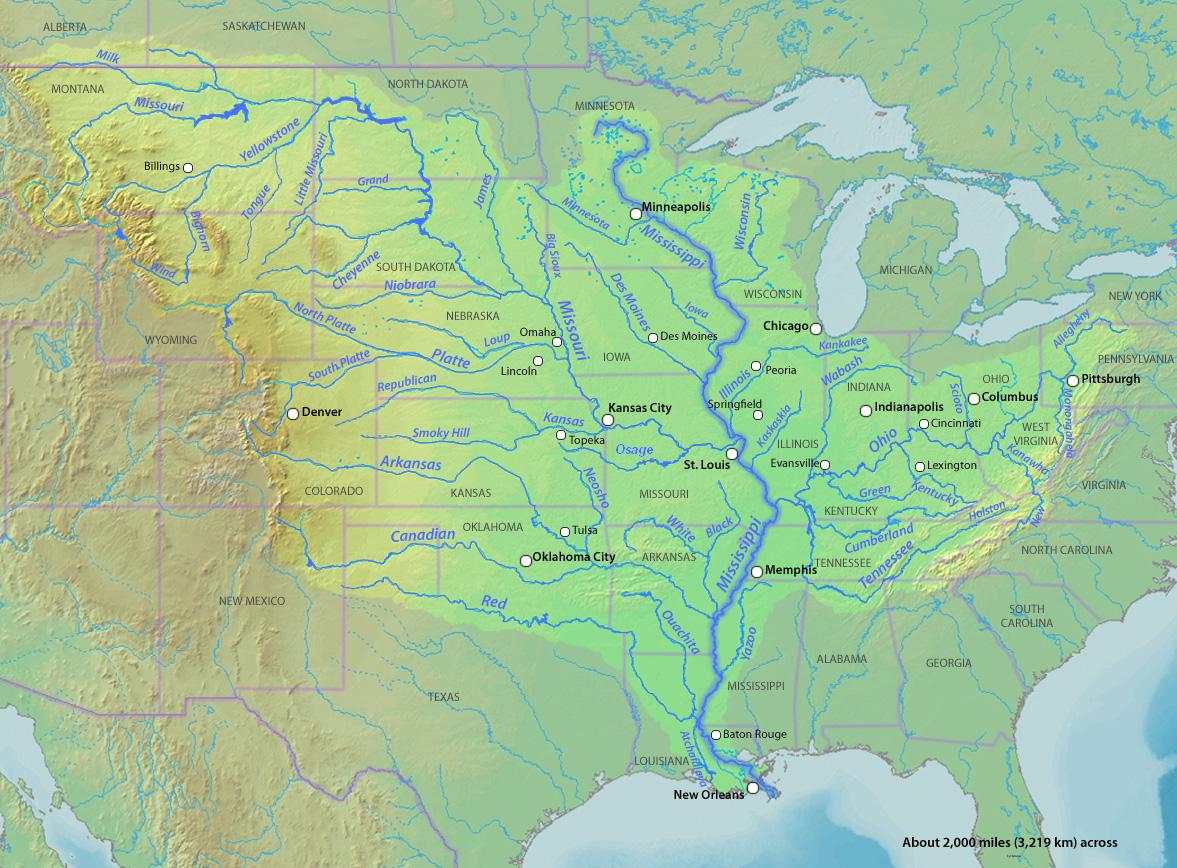
- Highest point: Woodall Mountain at 806 feet
- Counties: 82
- Famous locations: Biloxi Lighthouse, Gulf Islands National Seashore, Elvis Presley Birthplace, Old Capitol Museum, Vicksburg National Cemetery, Windsor Ruins
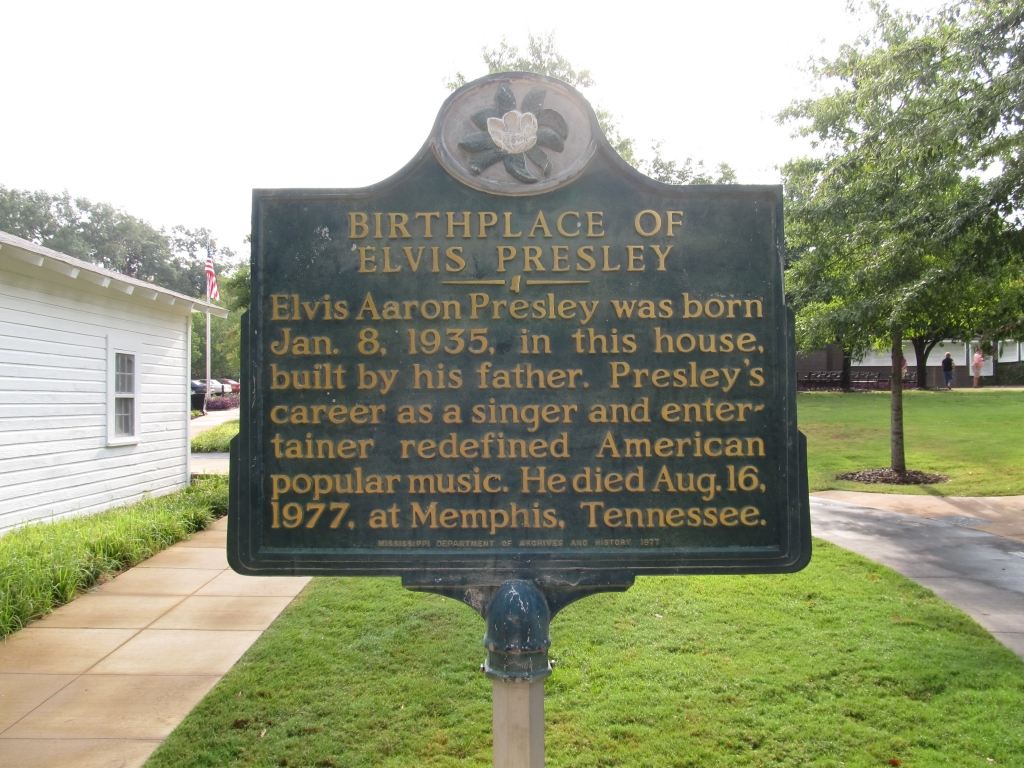
Famous Mississippians
- Elvis Presley- singer/actor
- Oprah Winfrey- talk show host
- Britney Spears- singer
- Rick Ross- rapper
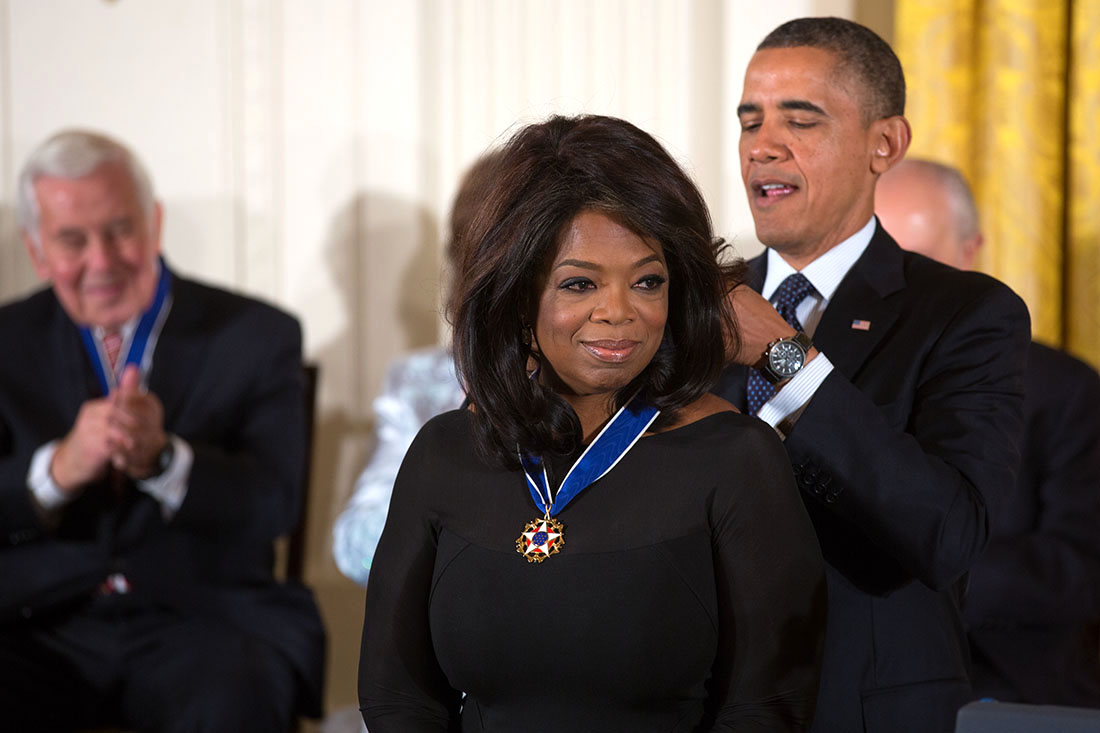
- Jerry Rice- football player
- Ray J- singer
List some of the popular “Mississippi state symbols.”
The state symbols are important and historic icons representing the state’s heritage and tradition.
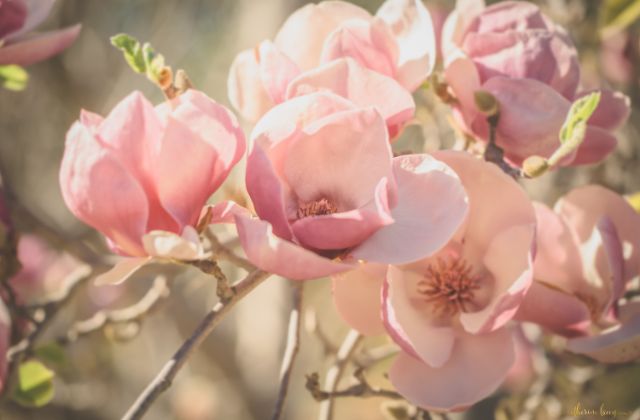
- The state flower, the magnolia, is known for its beauty and fragrance.
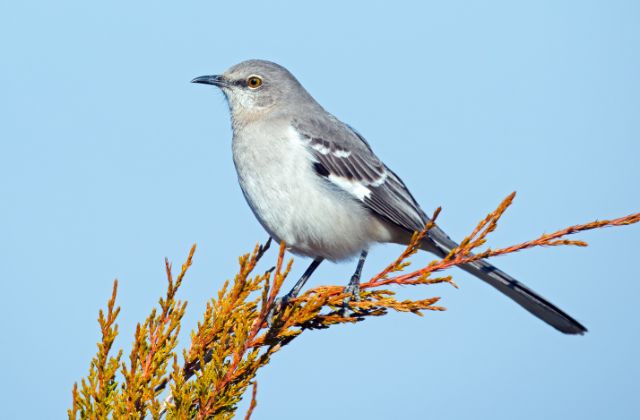
- The state bird, the Northern mockingbird, is known for its musical abilities and represents Mississippi’s rich musical heritage.
- The state tree, the Southern magnolia, is a symbol of strength and endurance, reflecting the state’s resilience in the face of adversity.
- The state fossil, the prehistoric whale, and the state crustacean, the blue crab, highlight Mississippi’s geological and ecological diversity.
- The state dance, the square dance, and the state song, “Go Mississippi,” celebrate the state’s cultural traditions and community spirit.
How did the Mississippi river form?
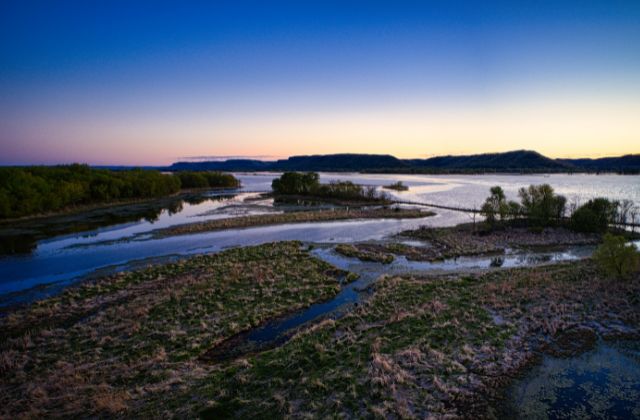
The Mississippi river was formed around 20 million years ago during the Paleogene Period when tectonic activity and erosion caused a low-lying area to form in the central United States.
Over time, the area was filled with sediment and water, creating the vast river system today known as the Mississippi river. Today, the Mississippi river is one of the world’s largest and most important rivers, serving as an important transportation route.
Hurricanes in Mississippi: 19 hurricanes (8 were Category 3 through Category 5)
Mississippi is prone to hurricanes and has experienced several significant storms over the years. According to the National Hurricane Center, there have been 19 hurricanes that have made landfall in Mississippi, and 8 of these were Category 3 through Category 5 storms, which are considered major hurricanes.
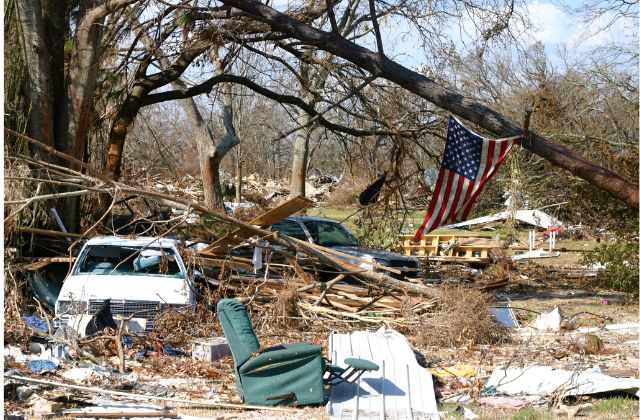
One of the most devastating hurricanes to hit Mississippi was Hurricane Katrina in 2005, which caused widespread destruction and loss of life along the Gulf Coast. The storm surge from Katrina breached the levees in New Orleans, causing catastrophic flooding and making it one of the costliest natural disasters in U.S. history.
Other notable hurricanes to impact Mississippi included Hurricane Camille in 1969, a Category 5 storm that caused widespread damage and flooding, and Hurricane Frederic in 1979, which caused significant damage to the state’s coastline.
Wildlife in Mississippi

Mississippi has a wide range of wildlife species, including both common and rare animals. Mississippi’s most iconic wildlife species are the white-tailed deer, the state mammal, and the American alligator, the state reptile. Other mammals in Mississippi include the black bear, bobcat, and gray fox.
There are over 300 species of birds in the state, which includes the Northern mockingbird, which is the state bird, as well as bald eagles, woodpeckers, and a variety of waterfowl.
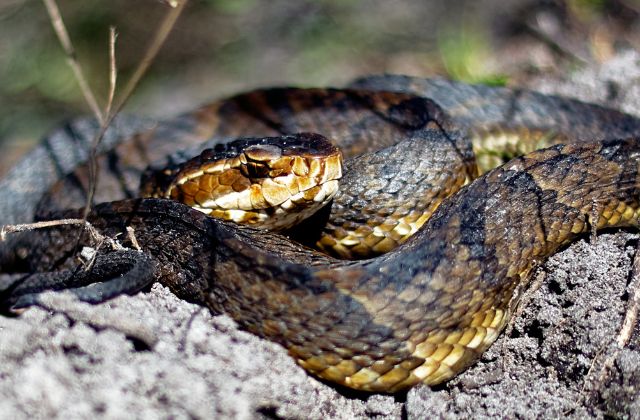
Mississippi is also home to reptiles and amphibians, like turtles, snakes, and frogs, including the threatened gopher tortoise and the venomous cottonmouth snake.
There have been three flags
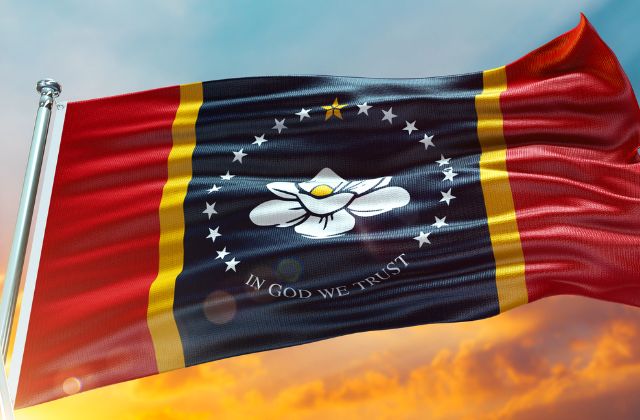
There have been three official flags for Mississippi in the state’s history.
The first flag of Mississippi was adopted during the state’s secession from the United States prior to the American Civil War in 1861. The flag was known as the “Magnolia Flag.”
The second flag of Mississippi was adopted in 1894 and included the Confederate battle emblem, which features a blue cross with white stars on a red background. This flag has been very controversial recently due to its association with the Confederacy.
Mississippi adopted a new flag in 2020 after lawmakers voted to remove the Confederate battle emblem. The new flag features a magnolia flower surrounded by a circle of stars on a dark blue background, representing Mississippi’s heritage and status as the 20th state in the Union.
Andrew Jackson was popular in Mississippi

Andrew Jackson was a military hero and the seventh president of the United States from 1829 to 1837. Andrew Jackson’s popularity in Mississippi was also due to his support for states’ rights and his opposition to what he saw as the federal government’s overreach.
When Jackson was president, he implemented policies beneficial for expanding white settlement in the West, including the Mississippi.
Fun Facts about Mississippi
- Mississippi stretches about 340 kilometres and is 170 miles broad.
- Mississippi residents go to church more than people in any other U.S. state.
- There are also more churches in Mississippi per capita (for each person) than in any other state in the country.
- The nation’s largest Bible-binding plant is located in Greenwood, Mississippi.
If you’ve ever wondered where to find the world’s largest shrimp, it’s in Pascagoula, Mississippi at the Old Spanish Fort Museum.
- In 1902, Theodore “Teddy” Roosevelt refused to kill a trapped bear while hunting in Onward, Mississippi.
- Related: All About US Presidents.
- A candy shop owner who heard about the event decided to make a stuffed animal that he called “teddy bear.”
- 63 percent of Mississippi’s land is covered in forest. That’s 19.5 million acres of forest!
- Belzoni, Mississippi is considered the catfish capital of the world. The state of Mississippi contains over 100,000 acres of catfish ponds. 94% of all farm-raised catfish in the United States are raised in Mississippi.

- In Jackson County, you can find the Mississippi Sandhill Crane, the rarest crane in North America.
- It’s about 44 inches tall and has a wingspan of eight feet!
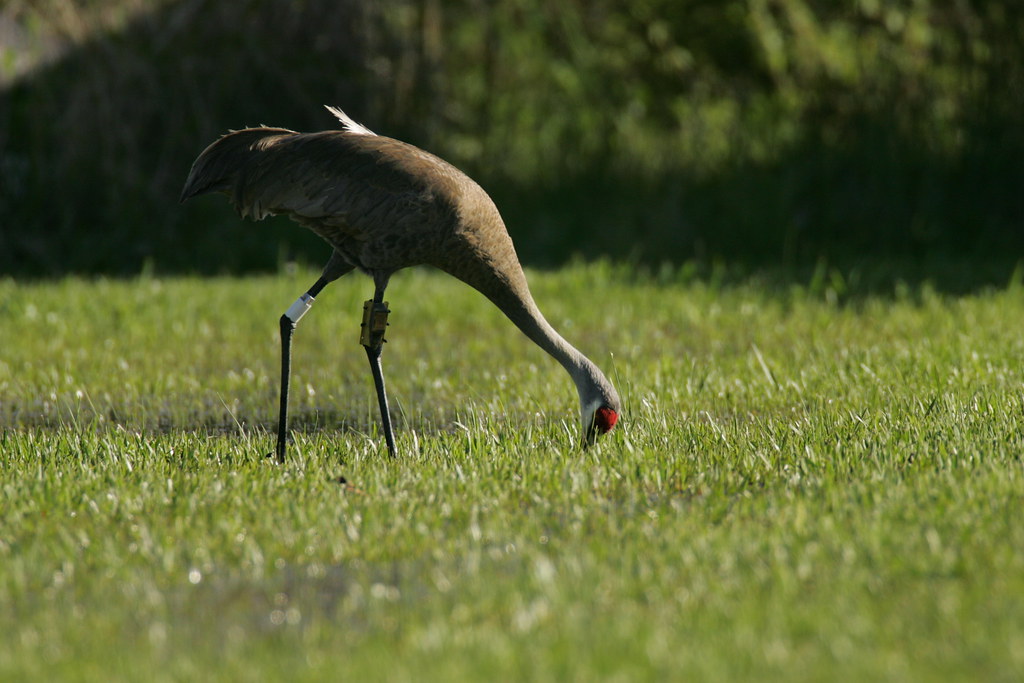
- Mississippi became the second southern state to declare independence from the United States of America on January 9, 1861.
- The Mississippi River, which forms the state’s western border and empties into the Gulf of Mexico, inspired the state’s name
- Each year, Mississippi is hit by an average of 27 tornadoes. It’s also worth noting that the state has seen two of the five deadliest tornadoes in US history.
- On June 11, 1963, Dr. James Hardy performed the world’s first human lung transplant at the University Of Mississippi Medical Center in Jackson. The recipient, on the other hand, only lived for 18 days.
- “Mississippi University for Women,” founded in 1884, was the very first public women’s college in the United States.
- Wild or planted trees cover more than half of the state’s surface area.
- Oprah Winfrey, the well-known television host, was born in the Mississippi town of Kosciusko.
- The state is home to 35% black residents, which is the highest of any state in the United States.
- Mississippi is home to NASA’s largest rocket engine test site, the John C. Stennis Space Center (SSC), which is located in Hancock County.
- Mississippi is America’s poorest state. The state has the lowest average income of the 50 states that make up the United States.
- The Mississippi River is the second largest river in the United States, after the Missouri River. It stretches for 3,778 kilometres. The Mississippi River is wholly inside the boundaries of the United States.
- Sardis Lake is the state’s largest lake.
- The White-tailed Deer population in the state, which is believed to be over 1.75 million, is higher than any other state in terms of deer-per-unit-area (density).
- Mississippi’s life expectancy at birth is the lowest of all states and has been for a long time.
- Coca-cola was originally bottled in Vicksburg, Mississippi, in 1894.
- Mississippi was the site of more than 750 Civil War battles? During this time, the capital city of Jackson was sadly burned down three times.
- Mississippi’s official beverage is milk.
- Mississippi is home to the world’s only cactus plantation.
- Woodland Mountain, at 806 feet, is the state’s highest point. Mississippi’s lowest point lies along the Gulf of Mexico’s shore.
- The state has around 825 cotton fields that produce around 1.4 million bales each year.
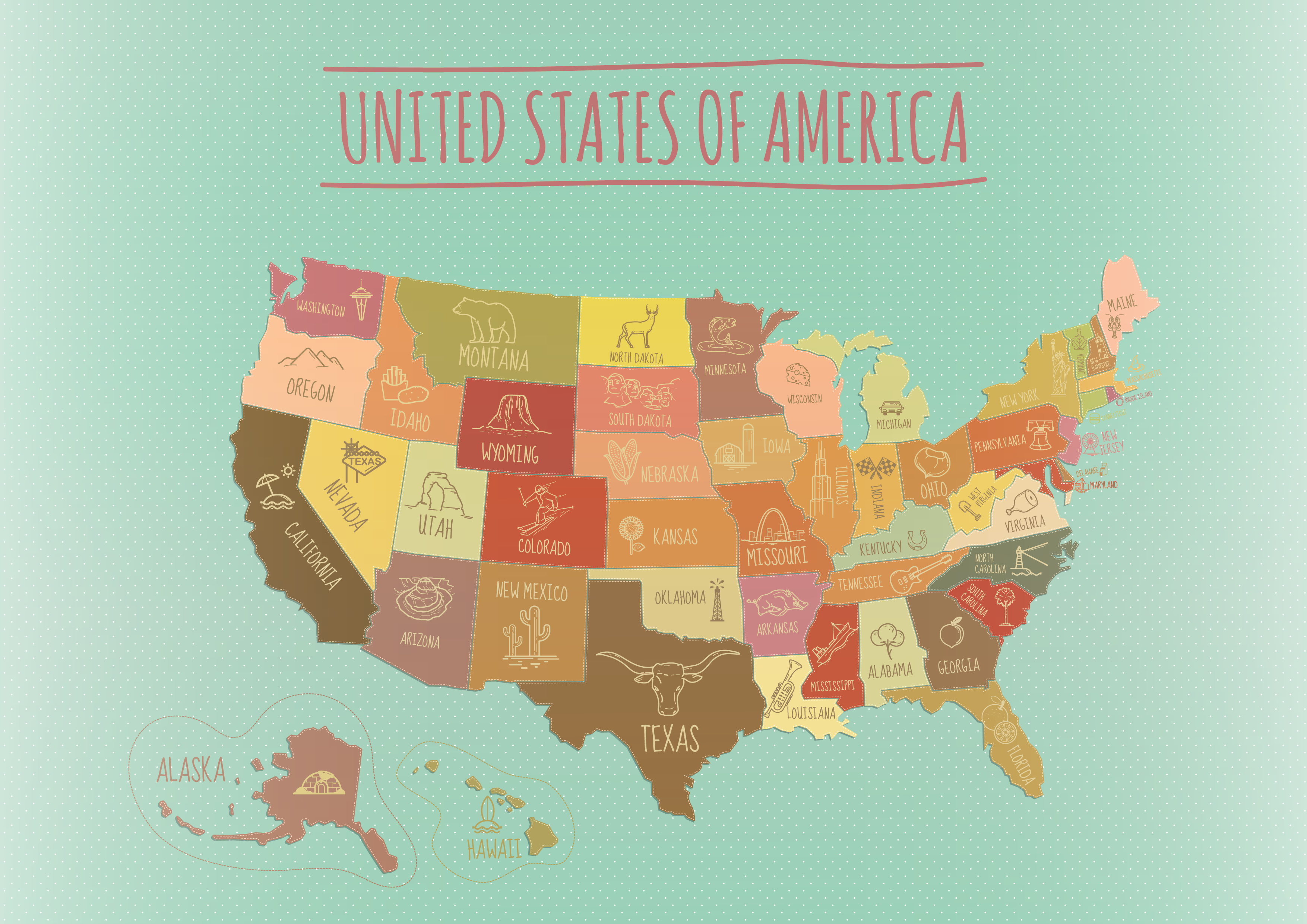

 If you’ve ever wondered where to find the world’s largest shrimp, it’s in Pascagoula, Mississippi at the Old
If you’ve ever wondered where to find the world’s largest shrimp, it’s in Pascagoula, Mississippi at the Old 